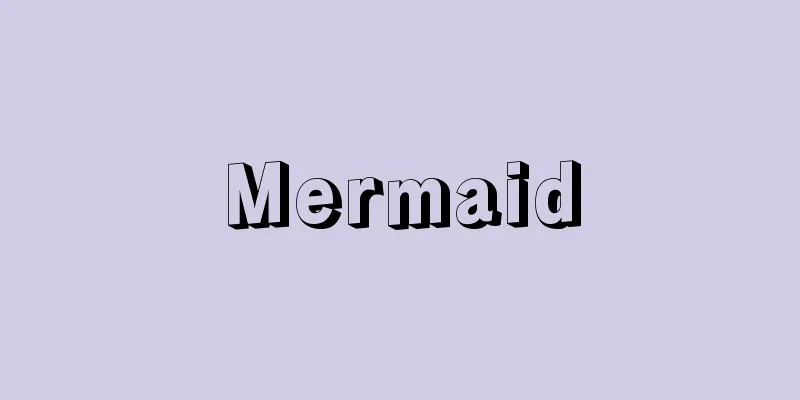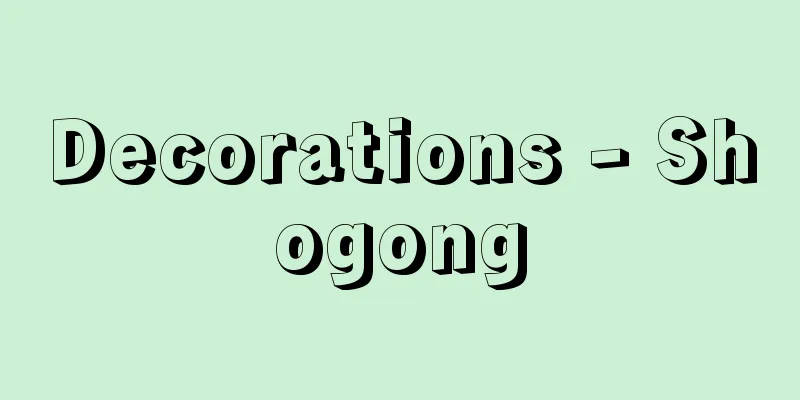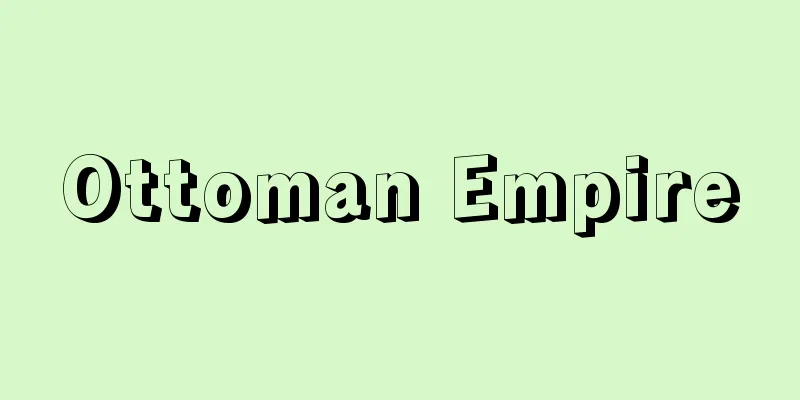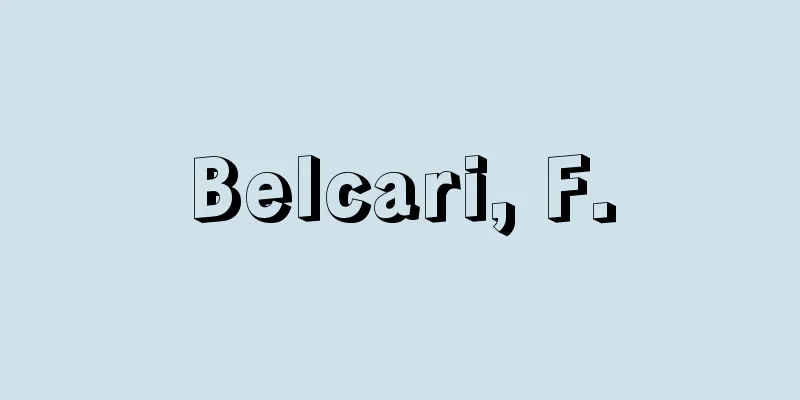Wallpaper
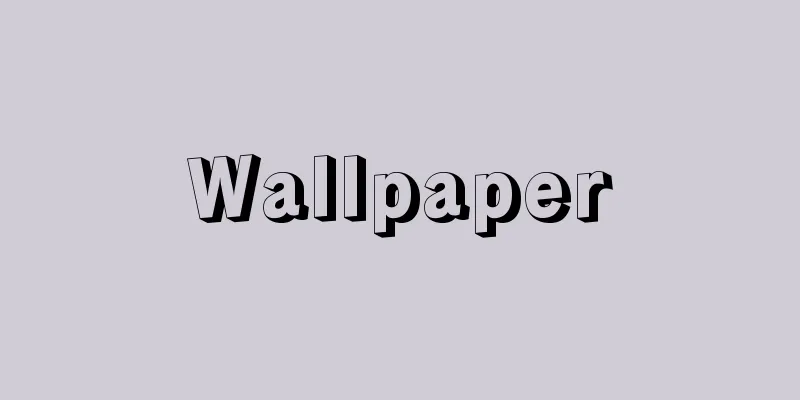
|
Paper that is pasted onto walls primarily for decorative purposes. Traditionally, paper and cloth were mainstream, but today vinyl-based sheets are more common. The following are thought to be the reasons for its popularity: (1) It is easier to apply than wet methods such as plastering walls, and construction time can be shortened. (2) It is relatively easy to cure during the finishing process. (3) There is a wide range of colors, patterns, and grounds to choose from, making it easy to ensure a certain level of quality. (4) It protects structural materials and base materials. (5) It also contributes to the required performance of walls, such as soundproofing, sound absorption, and insulation. (6) It is interchangeable when renovating. Despite these advantages, sheets are currently undergoing rapid change in terms of color, pattern, and ground. The wide variety of wallpapers available has been categorized into six types according to the material they are made from, following a revision of the fireproof wall covering certification numbers on April 1, 1981: (1) paper wallpapers (processed paper wallpapers, paper cloth wallpapers, metal foil wallpapers, synthetic paper wallpapers), (2) textile wallpapers (cellulose wallpapers such as rayon wallpapers and hemp wallpapers), (3) vinyl wallpapers (vinyl chloride leather wallpapers), (4) chemical fiber wallpapers (nitrogen-containing polychlar fiber such as acrylic wallpapers, and chlorine-containing chemical fibers such as polyvinyl chloride fiber), (5) inorganic wallpapers (wallpapers mainly made of inorganic materials such as glass fiber, asbestos, and vermiculite), and (6) specified wallpapers (wallpapers made of materials such as paper, textiles, vinyl, chemical fibers, animal and plant fibers not included in inorganic wallpapers, plastics, and inorganic bulking agents). Each roll of these wallpapers is required to have its dimensions (effective width and length), lot number or date of manufacture, and the manufacturer's name or abbreviation clearly visible on the packaging. Wallpaper installation is to be carried out based on the Standard Installation Method for Wallpaper (1981) stipulated by the Wallcovering Materials Association. There are two main methods: direct installation and bag installation. If interior restrictions apply, all wallpaper must be installed directly. Substrate preparation agents include putty, sealer, and underlay paper, and for adhesion, products that meet the quality standards of JIS (Japan Industrial Standards) A 6922 or wall-installation products such as starch-based glue, ethylene-vinyl acetate copolymer resin, and vinyl acetate graft polymer resin are used. When preparing the substrate, attention must be paid to smoothing the surface, rust-proofing nails and screws, correcting the color, and adjusting the adhesive surface. In the installation process, it is important to check the brand, color, pattern, quantity, unevenness, and presence or absence of scratches of the material, select an adhesive that suits the type of substrate and the type of wallpaper, and perform a test installation before installation. There are three ways to paste wallpaper: butt joint, overlapping, and see-through. The trick is to use peripheral glue around the periphery of the wallpaper and middle glue inside, applying both evenly and evenly. The most important thing when selecting wallpaper is not only the design such as color and pattern, but also whether or not the correct fire-resistant interior materials that comply with the Building Standards Act and Fire Service Act are used. It is necessary to thoroughly check the interior restrictions at the design stage. [Jin Nakamura] The History of WallpaperWallpaper was first produced in factories in France at the end of the 16th century. The first marbled patterns imitated paper imported from Persia. In the second half of the 17th century, trade with the East Indies began and Jean Papillon (later known as the father of wallpaper) developed new printing techniques, leading to Chinese-inspired designs being widely used to decorate great European mansions. In the second half of the 18th century, landscape-style wallpapers became popular in France and England. Wallpaper was also used in the United States in the 18th century, and the wallpaper industry reached its heyday in the United States. In the early 20th century, the popularity of wallpaper temporarily waned, but after the development of silkscreen technology in the late 1930s, demand increased dramatically. [Jin Nakamura] Source: Shogakukan Encyclopedia Nipponica About Encyclopedia Nipponica Information | Legend |
|
おもに装飾用として壁に張り付ける紙。従来は紙や布が主流であったが、今日ではビニル系のシートが一般的である。その普及の要因としては次のことが考えられる。〔1〕塗り壁などの湿式工法に比べ施工が容易なうえ、工期を短縮できる。〔2〕仕上げ工程のなかでの養生が比較的簡単である。〔3〕色彩、柄、地の選択の幅が広く、一定の質を確保しやすい。〔4〕構造材や下地材を保護する。〔5〕遮音、吸音、断熱など、壁体としての要求性能にも寄与する。〔6〕改装時に互換性がある。このような優位性をもつシートも、色、柄、地の面では、めまぐるしい変革を強いられているのが現状である。 豊富な種類をもつ壁紙は、1981年(昭和56)4月1日から防火壁装材認定番号の改正に伴い、材料によって六つに分類された。(1)紙壁紙(加工紙壁紙、紙布壁紙、金属箔(はく)壁紙、合成紙壁紙)、(2)織物壁紙(レーヨン壁紙、麻壁紙などセルロースによる壁紙)、(3)ビニル壁紙(塩化ビニルレザー壁紙)、(4)化学繊維壁紙(アクリル壁紙などの含窒素系ポリクラール繊維、ポリ塩化ビニル繊維などの含塩素系の化学繊維による壁紙)、(5)無機質壁紙(ガラス繊維、アスベスト、蛭石(ひるいし)などの無機質を主とした壁紙)、(6)特定壁紙(紙、織物、ビニル、化繊、無機質壁紙に含まれない動植物繊維、プラスチック、無機質増量剤などを素材とした壁紙)。これらは一巻ごとに寸法(有効幅・有効長さ)、ロット番号または製造年月日、製造業者名またはその略号を包装の見えやすいところに表示することが義務づけられている。 また、壁紙の施工は、壁装材料協会で規定している壁紙標準施工法(1981)に基づいて行われることになっている。工法は大別して直(じか)張りと袋張りの2種類がある。内装制限を受ける場合は、すべて直張りとする。下地調整剤にはパテ、シーラー、下張り用紙があり、接着には、JIS(ジス)(日本工業規格)A 6922の品質規格に合格したもの、または、デンプン系糊(のり)、エチレン酢酸ビニル共重合樹脂、酢酸ビニル系グラフト重合樹脂などの壁張り専用品を用いる。下地調整には、表面の平滑化、釘(くぎ)・ねじ類の防錆(ぼうせい)処理、色合いの修正、接着面の調整に留意しなければならない。また、張り工程では、材料の銘柄、色、柄、数量、むら、傷の有無を調べたうえ、下地基材の種類や壁紙の種類にあった接着剤を選定し、試験張りを行ったのち施工するのが肝要である。壁紙の張り合わせ方には、突き付け、重ね張り、目透し張りがあるが、接着剤は、壁紙の周囲には回り糊を、内部には中糊を用い、ともにむらなく平均につけるのがこつである。壁紙の選択でもっとも重要なのは、色や柄などの意匠のみならず、建築基準法および消防法に合致した正しい防火用内装材を用いているか否かという点である。設計時点で十分に内装制限を調べておく必要がある。 [中村 仁] 壁紙の歴史壁紙が初めて工場で生産されたのは16世紀末のフランスにおいてである。ペルシアから輸入した紙をまねた大理石模様が最初である。17世紀の後半、東インドとの交易が始まり、ジァン・パピヨン(後に壁紙の父とよばれる)が新しい印刷技術を開発すると、中国風のデザインがヨーロッパ各地の大邸宅の装飾に広く用いられるようになる。そして、18世紀の後半には、フランスとイギリスで風景画風の壁紙が流行した。 18世紀にはアメリカでも壁紙が使われ、壁紙産業はアメリカで全盛期を迎える。20世紀初期、壁紙の人気は一時衰えるが、1930年代後期のシルクスクリーンの技術の開発以来、急激に需要が増大した。 [中村 仁] 出典 小学館 日本大百科全書(ニッポニカ)日本大百科全書(ニッポニカ)について 情報 | 凡例 |
<<: Wall structure - kabekozo (English spelling) bearing wall structure
Recommend
Roadrunner - Roadrunner (English spelling)
A general term for two bird species in the genus G...
Matsuda [town] - Matsuda
A town in Ashigarakami County in western Kanagawa ...
Himonosho
A manor in Koga County, Omi Province. It correspon...
Somateriini
... Merganetta armata (torrent duck) is one speci...
Kanae Yamamoto
Western-style painter and printmaker. Born in Oka...
Acyl chloride
…In a broad sense, it is a general term for compo...
Eireson Strait - Eireson Strait
…the name given to Sweden's dominance along t...
Waka Iroha
A treatise on waka poetry from the early Kamakura ...
Castanet - Castanet (English spelling) castanet English
A idiophone that produces sound by striking woode...
Libya - The Great Socialist People's Libyan Arab Jamahiriya
A country located in the center of the Mediterran...
Bill of Militia
…These fighting groups were called volunteer corp...
Syngonium (English spelling)
A general term for the Syngonium genus of the Arac...
Appearance examination - Gaibousinsa
Body type evaluation is carried out when selecting...
Aphids (bats) - Aphids
...A small mammal of the family Vespertilionidae ...
Seiichi Hatano
Philosopher. Born in Matsumoto, Nagano Prefecture...




